A round-up of the best works of art that have recently entered public collections
Compton Verney, Warwickshire
Allegorical Painting of Two Ladies (c. 1650), artist unknown
A highly unusual 17th-century portrait of two women – one black and one white, depicted as companions in similar dress and jewellery – has been acquired by Compton Verney in Warwickshire. The artist is unknown and it is believed that the figures in the work are not based on real people. The faces of both women are covered in beauty patches, which were considered fashionable at the time; in this work, however, their use is accompanied by a sternly moralising inscription that condemns the wearing of such ‘spots’. As such, it is possible the portrait was intended as a warning about the dangers of vanity and pride in Puritan England. The painting will undergo conservation before it goes on show in 2024.
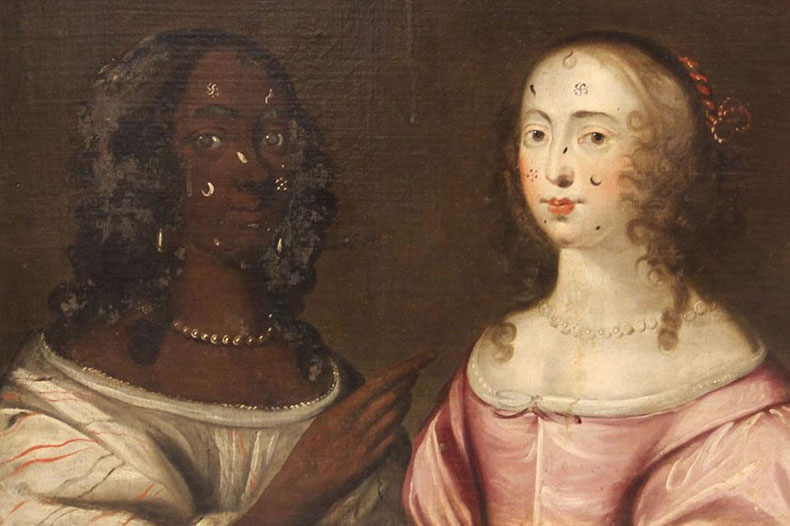
Allegorical Painting of Two Ladies (detail; c. 1650), artist unknown. Compton Verney
Toledo Museum of Art, Ohio
The Pozzi Gospels (1586), Hakob Jughayets’i
The 1586 Armenian manuscript known as The Pozzi Gospels – after Jean Pozzi, a French collector and diplomat who owned the manuscript between 1936 and 1967 – joins the collection at the Toledo Museum of Art in Ohio. Decorated with 46 full-page illustrations and numerous marginal paintings, the manuscript is considered one of the finest and most sumptuous examples of Armenian gospels from this period. It was created by Hakob Jughayets’i, who was remembered on his death as one who ‘decorated the Scriptures with many different colours, with gold and azure, who was a decorator of houses and who was a skilful scribe’. Work by Hakob, as well as being particularly colourful, incorporates Christian iconography alongside Byzantine, Islamic and Buddhist design elements that deviate from traditional Armenian forms. The portraits of God are particularly expressive, while the marginalia is more vividly coloured and less geometric than the work of his contemporaries.
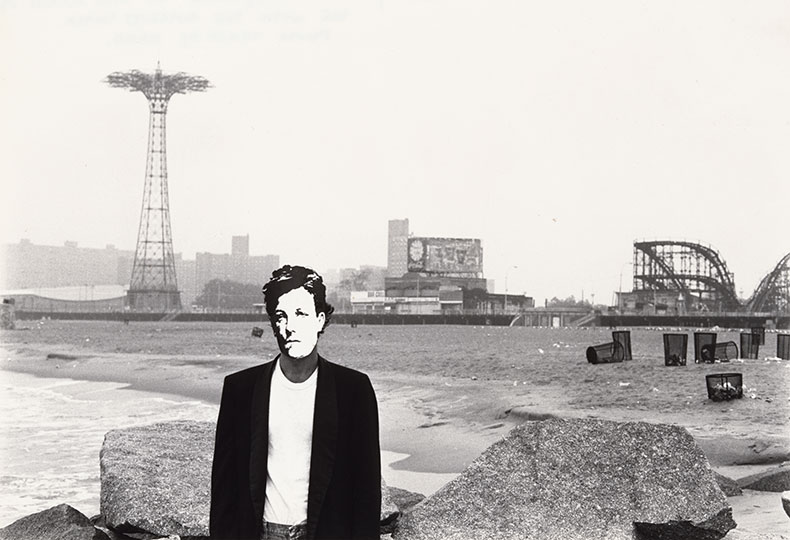
Arthur Rimbaud in New York (Coney Island) (1978–79), David Wojnarowicz. National Gallery of Art, Washington, D.C
National Gallery of Art, Washington, D.C.
Arthur Rimbaud in New York (Coney Island) (1978–79), David Wojnarowicz
The artist, writer and activist David Wojnarowicz is best known for his work documenting the AIDS crisis. However, his notable series Arthur Rimbaud in New York, consisting of photographs of friends wearing a mask of French Symbolist poet Arthur Rimbaud’s face around New York city, predates the crisis by a couple of years. Rimbaud’s likeness was photographed in the subway, on the streets, in an amusement park, having sex and taking drugs. Wojnarowicz then mailed each photograph – around 30 in total – to his lover Jean Pierre Delage. Two of the most famous examples from the series are Arthur Rimbaud in New York (Coney Island) and Arthur Rimbaud in New York (Diner), which were published in SoHo Weekly News in 1980, marking the first time the works appeared in public.
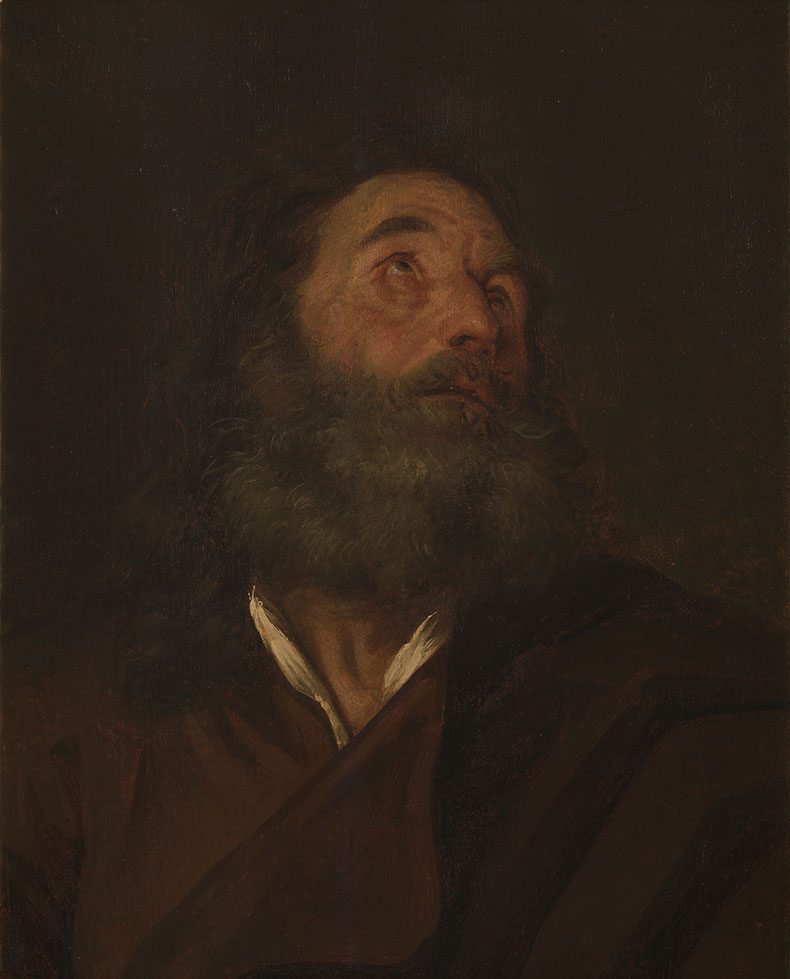
Study of a Head of Bearded Man (c. 1655), Michaelina Wautier. Museum Leuven
Museum Leuven
Study of a Head of a Bearded Man (c. 1655), Michaelina Wautier
The city of Leuven has purchased a rare study by the 17th–century painter Michaelina Wautier, Study of a Head of a Bearded Man (c. 1655). Wautier’s oeuvre is small, with fewer than 40 works attributed to the artist. This unfinished study of an elderly bearded man corresponds to paintings of Saint John and Saint Joachim, which form part of the collection of the Kunsthistorisches Museum in Vienna. During the middle of the 17th century, only men were allowed to paint from living models – resulting in this work being misattributed to Anthony van Dyck (1599–1641).
Herschel Museum, Bath
The memoirs of Caroline Herschel
The handwritten memoirs of Caroline Herschel (1750–1848), the first woman in the United Kingdom to become a professional astronomer, have been saved from private collectors by her eponymous museum. In the 57-page booklet, Caroline, whose achievements have long been overshadowed by her famous brother, William, also an astronomer, recounts the discoveries that she made between 1755 and 1775 and details of her temporary employment by King George III. The acquisition was made possible by loans from the Arts Council England, the V&A Purchase Grant Fund, National Heritage Memorial Fund and Friends of the National Libraries, as part of the Herschel Museum’s plan to address the misrepresentation of Caroline’s contribution to the field of astrology.
The Albertina, Vienna; Colby College Museum of Art, Maine; Nasher Museum of Art, North Carolina; Los Angeles Country Museum of Art and the Whitney Museum of American Art, New York
Gift of 186 works by Roy Lichtenstein
In the lead up to the 100th anniversary of the birth of Roy Lichtenstein (27 October 1923), the artist’s foundation has announced the donation of 186 works to five international institutions. The Albertina in Vienna, Colby College Museum of Art in Maine, the Nasher Museum of Art in North Carolina, the Los Angeles County Museum of Art and the Whitney Museum of American Art in New York have been named as the beneficiaries, each institution having played a central role during the early years of the artist’s career. LACMA will receive the largest number of works, gaining more than 70, including several relating to the artist’s three-channel film installation Three Landscapes (1970–71) which was originally commissioned for Lichtenstein’s 1971 exhibition ‘Art and Technology’ at the museum. The Whitney will receive 66 works including several preparatory sketches, while the Colby Museum will gain several paintings and watercolours from the early 1950s, including Washington Crossing the Delaware I (c. 1951). Additional highlights include the joint acquisition by the Colby Museum and Nasher Museum of a little-known Rauschenberg-inspired sculpture.
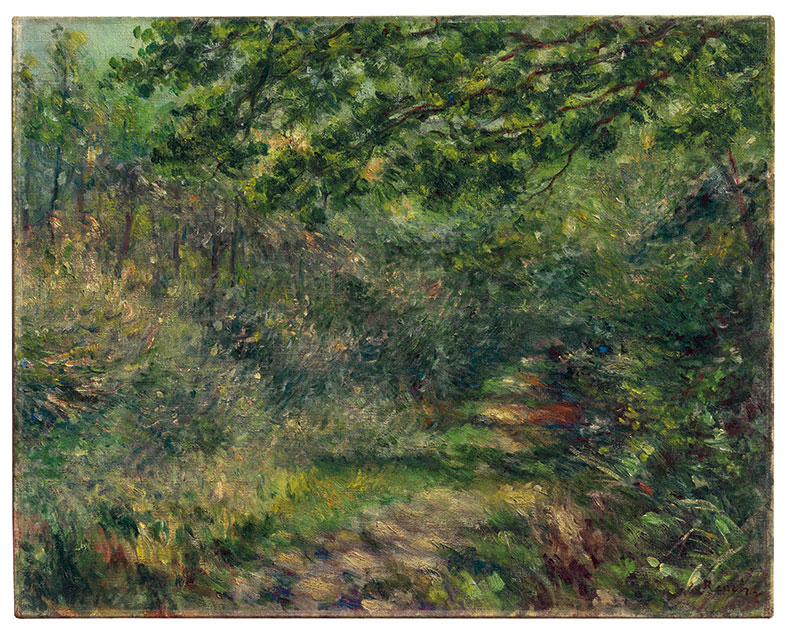
L’allée Au Bois (1874–80), Pierre-Auguste Renoir. Ulster Museum
Ulster Museum, Belfast
L’allée Au Bois (1874–80), Pierre-Auguste Renoir
The government of Northern Ireland’s Acceptance in Lieu scheme brings the first work by a French Impressionist to the Ulster Museum in Belfast. A leading light of the Impressionists throughout the 1870s and ‘80s, Pierre-Auguste Renoir captured the woodland scene L’allée au bois (1874–80) at the height of his career, demonstrating the use of plein air painting, bright colours and fragmented, blurred brushstrokes for which the artist and his contemporaries became well known. The painting will be placed in dialogue with the museum’s existing holdings of works by Irish artists of the period such as John Lavery and Paul Henry, who looked to the French Impressionists for inspiration during the 1870s.
Unlimited access from just $16 every 3 months
Subscribe to get unlimited and exclusive access to the top art stories, interviews and exhibition reviews.


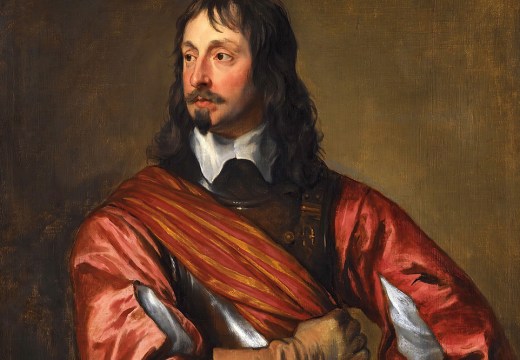
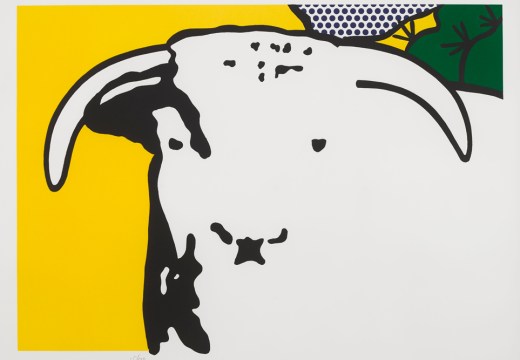
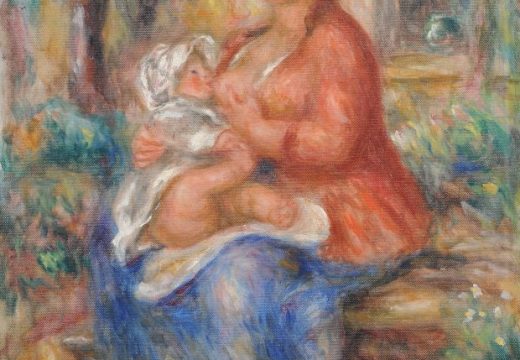









![Masterpiece [Re]discovery 2022. Photo: Ben Fisher Photography, courtesy of Masterpiece London](http://www.apollo-magazine.com/wp-content/uploads/2022/07/MPL2022_4263.jpg)
Has the Fitzwilliam lost the hang of things?